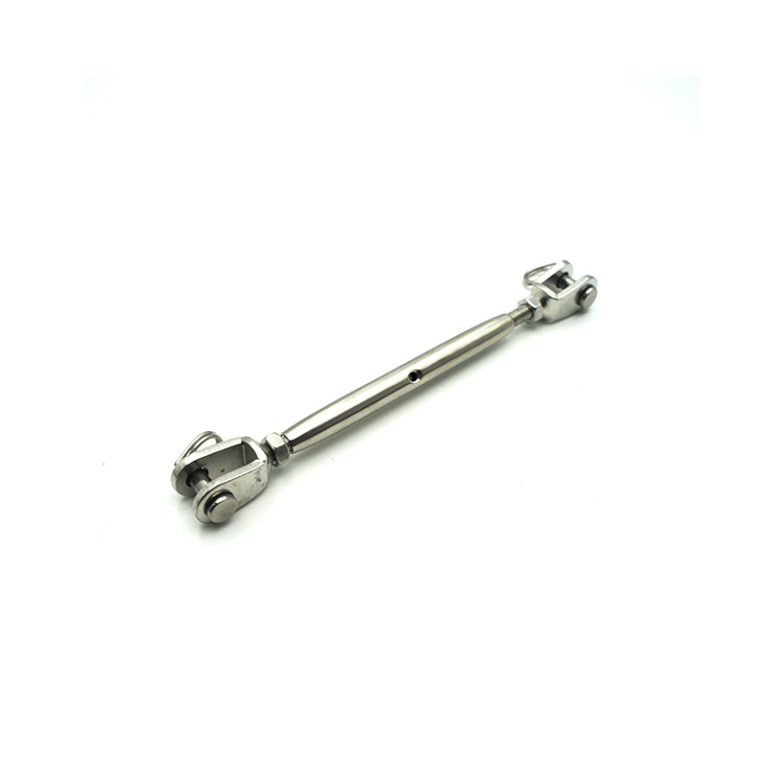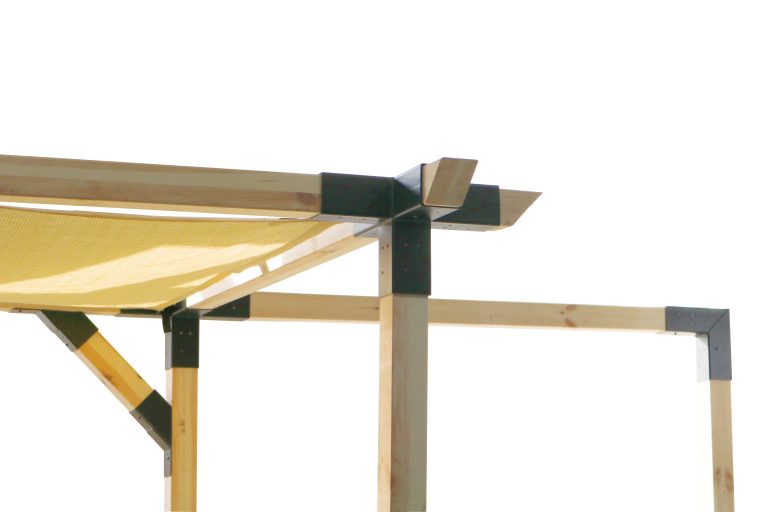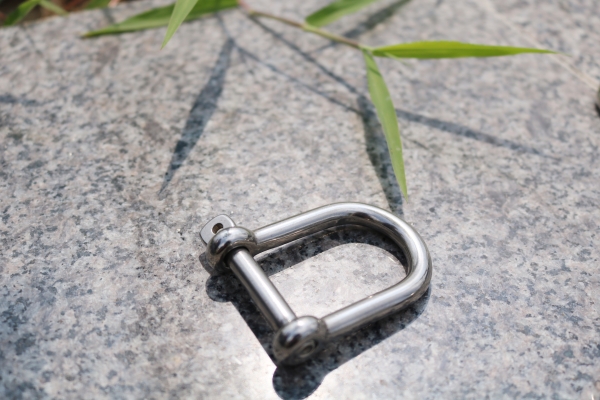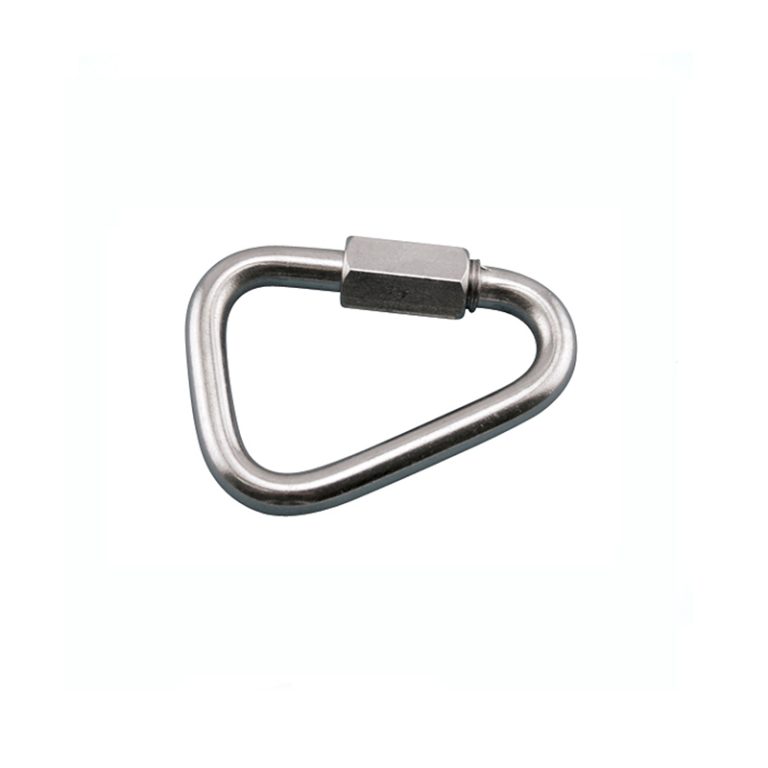Table of Contents
Pros and Cons of Using Footings for a Pergola
Pergolas are a popular outdoor structure that can add beauty and functionality to any backyard or garden. They provide shade, support climbing plants, and create a cozy outdoor living space. When building a pergola, one important consideration is whether or not to use footings. Footings are concrete bases that support the weight of the structure and help prevent it from shifting or sinking into the ground. In this article, we will explore the pros and cons of using footings for a pergola.
One of the main advantages of using footings for a pergola is increased stability. Footings provide a solid foundation for the structure, which can help prevent it from shifting or settling over time. This is especially important in areas with soft or unstable soil, where a pergola without footings may be more prone to sinking or tilting. Additionally, footings can help distribute the weight of the pergola more evenly, reducing the risk of structural damage.
Another benefit of using footings is increased longevity. By providing a stable foundation, footings can help extend the lifespan of a pergola. Without footings, a pergola may be more susceptible to damage from shifting or settling, which can lead to costly repairs or even the need for a complete rebuild. With footings, a pergola is more likely to remain structurally sound for many years to come.
On the other hand, there are some drawbacks to using footings for a pergola. One of the main concerns is the cost and labor involved in installing footings. Building footings requires digging holes, pouring concrete, and allowing it to cure before the pergola can be installed. This can be a time-consuming and expensive process, especially if the soil conditions are challenging or if the pergola is large or complex in design.
Another potential downside of using footings is the permanence of the structure. Once footings are installed, they are difficult to remove or relocate. This can be a problem if you decide to change the layout of your outdoor space or if you want to move the pergola to a different location. In contrast, a pergola without footings can be more easily disassembled and moved if needed.
In conclusion, the decision of whether or not to use footings for a pergola depends on a variety of factors, including soil conditions, budget, and long-term plans for the structure. While footings can provide increased stability and longevity, they also come with added cost and labor. Ultimately, it is important to weigh the pros and cons carefully before making a decision. If you are unsure, it may be helpful to consult with a professional contractor or structural engineer to determine the best course of action for your specific situation.
Alternatives to Footings for Pergola Installation
Pergolas are a popular outdoor structure that can add beauty and functionality to any backyard or garden. They provide shade, support climbing plants, and create a cozy outdoor living space. When it comes to installing a pergola, one of the key considerations is whether or not footings are necessary. Footings are typically used to provide stability and support for the structure, but there are alternatives that can be used in certain situations.
One alternative to footings for pergola installation is using concrete piers. Concrete piers are cylindrical columns of concrete that are used to support the weight of the structure. They are typically placed at each corner of the pergola and provide a stable foundation for the posts. Concrete piers are a good option for pergolas that are being installed on a concrete patio or other hard surface where digging footings may not be possible.
Another alternative to footings for pergola installation is using deck blocks. Deck blocks are precast concrete blocks that are designed to support the weight of a deck or other outdoor structure. They are typically placed on top of the ground and provide a stable base for the posts of the pergola. Deck blocks are a good option for pergolas that are being installed on a deck or other surface where digging footings may not be practical.
In some cases, footings may not be necessary at all for pergola installation. If the pergola is being installed on a solid surface such as a concrete patio or deck, footings may not be needed to provide stability. However, it is important to ensure that the surface is level and stable before installing the pergola to prevent any issues with the structure in the future.
When considering whether or not footings are necessary for pergola installation, it is important to take into account the size and weight of the structure, as well as the local building codes and regulations. In some cases, footings may be required by local building codes to ensure the safety and stability of the structure. It is always best to check with your local building department or a professional contractor to determine the best course of action for your specific situation.

In conclusion, while footings are typically used to provide stability and support for pergola installation, there are alternatives that can be used in certain situations. Concrete piers, deck blocks, or no footings at all may be viable options depending on the specific circumstances of the installation. It is important to consider the size and weight of the structure, as well as any local building codes or regulations, when determining the best method for installing a pergola. By carefully considering these factors, you can ensure a safe and stable installation that will provide years of enjoyment in your outdoor space.







